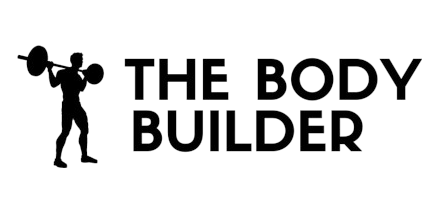Latissimus dorsi SMR
Latissimus dorsi self-myofascial release (SMR) is a self-care technique used to reduce tension and pain in the upper body. It is often used with a foam roller, lacrosse ball, or other trigger point massage tool to target the lat muscles of the mid back. By applying pressure to this area, it can help to reduce pain and tightness that can accumulate over time.
In addition to SMR, stretching can also be beneficial for the lats. It is common to combine latissimus dorsi SMR with self-myofascial release on the pectorals or rhomboids, or with stretches that target the lats. This multi-faceted approach can provide relief from pain and tension in the upper body.
When performing self-myofascial release, it is important to use caution and listen to your body. Start slowly with light pressure and gradually increase the intensity as needed. If you experience any pain or discomfort, stop immediately and consult a healthcare professional if necessary. With proper technique and a little patience, latissimus dorsi SMR can be a great way to reduce tension and pain in the upper body.
Type:
Stretching
Muscles Used:
Lats
Level:
Intermediate
Equipment:
Foam Roll
Benefits Of This Exercise
- Latissimus dorsi self-myofascial release (SMR) can help to reduce pain and tightness in the upper body.
- Combining SMR with stretching and other self-care techniques can provide relief from pain and tension.
- SMR can encourage blood flow to the lats and may temporarily increase range of motion in the shoulder or elbow joints.
- It can be an effective part of a warm-up or post-workout recovery routine.
- It may help to temporarily increase range of motion in the thoracic spine.
- When performing SMR, use caution and listen to your body. Start with light pressure and increase intensity gradually, stopping if any pain or discomfort is experienced.
Step by Step Instructions For Latissimus dorsi SMR
- To begin, find a comfortable position on the floor and place a foam roller, lacrosse ball, or other trigger point massage tool to the side of your mid back, just behind your arm pit.
- Apply light pressure and slowly increase the intensity as needed. If you experience pain or discomfort, stop immediately.
- Hold the pressure for 10-30 seconds and then switch sides.
- For a multi-faceted approach, combine latissimus dorsi SMR with self-myofascial release on the pectorals or rhomboids, or with stretches that target the lats.
- Perform SMR with caution and always listen to your body. If necessary, consult a healthcare professional.
Warm Up Tips
- Start by lying on the floor with a foam roll placed under your back, just behind your armpit.
- Keep the arm of the side being stretched behind and to the side of you.
- Shift your weight onto your lats, lifting your upper body off the ground.
- Hold this position for 10-30 seconds.
- Switch sides and repeat the exercise.
Latissimus dorsi SMR Safety Tips
- Start slowly with light pressure and gradually increase the intensity as needed.
- If you experience any pain or discomfort, stop immediately and consult a healthcare professional if necessary.
- Ensure that the foam roll is placed under your back and to one side, just behind your arm pit.
- Keep the arm of the side being stretched behind and to the side of you as you shift your weight onto your lats.
- Hold the stretch for 10-30 seconds on each side.
- Combine latissimus dorsi SMR with self-myofascial release on the pectorals or rhomboids, or with stretches that target the lats for a multi-faceted approach.
Incorporating Into Other Workouts
One way to incorporate latissimus dorsi self-myofascial release (SMR) into workouts is to include it as part of a warm-up routine. Before starting your main workout, spend a few minutes performing SMR on your lat muscles using a foam roller or other trigger point massage tool. Apply light pressure and gradually increase the intensity as needed. Hold the pressure for 10-30 seconds on each side and then switch. This can help to encourage blood flow to the lats and temporarily increase range of motion in the shoulder or elbow joints.
Another way to incorporate latissimus dorsi SMR is to use it as part of a post-workout recovery routine. After completing your workout, spend some time performing SMR on your lats to help reduce pain and tightness in the upper body. Again, use light pressure and gradually increase the intensity as needed. Hold the pressure for 10-30 seconds on each side and then switch. This can aid in post-workout recovery and may contribute to temporary increases in range of motion in the thoracic spine.
It is important to note that when performing SMR, it is essential to listen to your body and use caution. Start with light pressure and increase intensity gradually. If you experience any pain or discomfort, stop immediately. It is always a good idea to consult a healthcare professional if necessary.
To enhance the effectiveness of latissimus dorsi SMR, you can combine it with stretching and other self-care techniques. For

